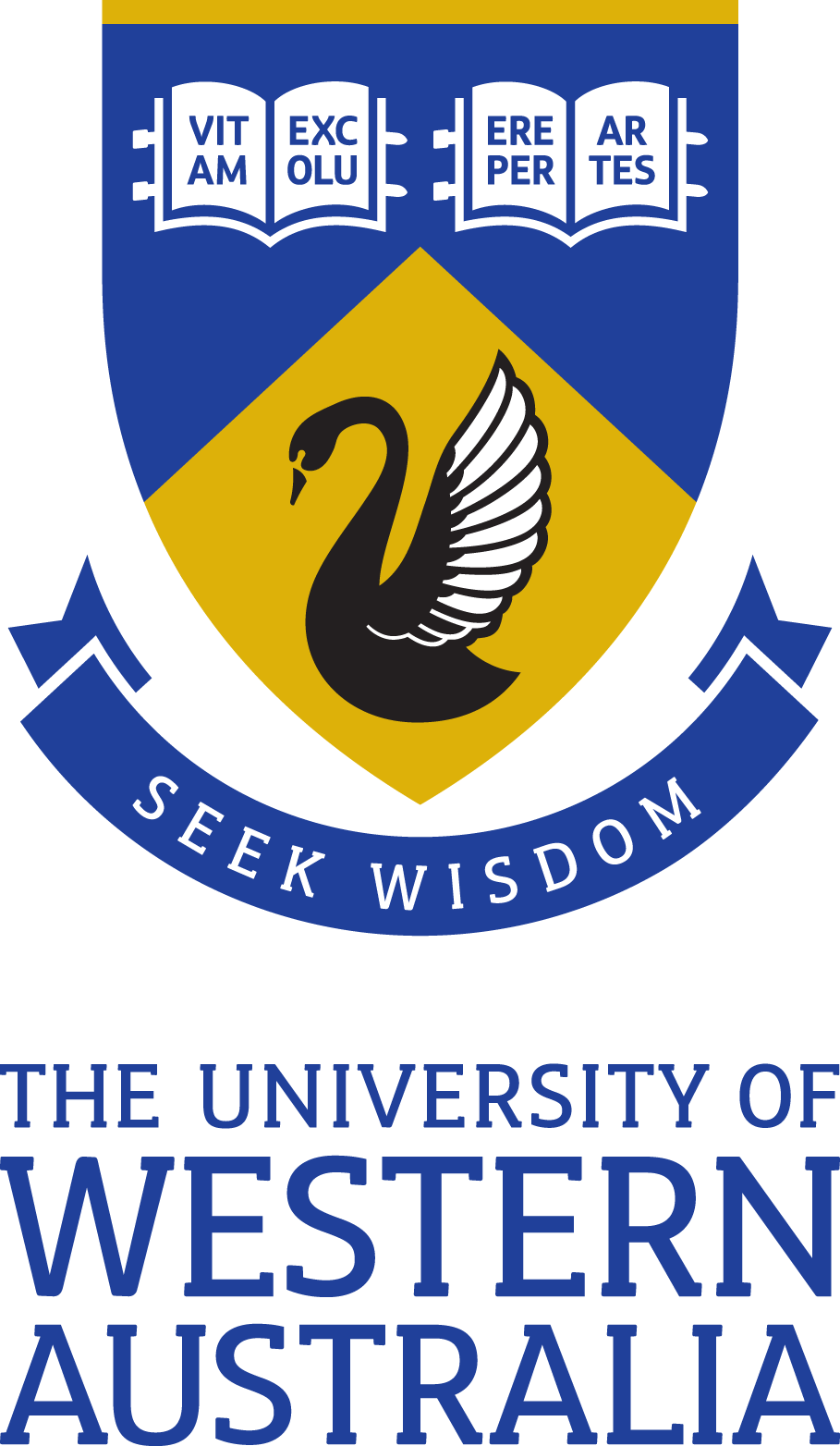Brief description
Mount Gardner is one of two Marine Futures sampling areas that lie within the vicinity of Albany, in South West Western Australia. The Mt. Gardner sampling area lies just off Two People’s Bay, 30km east of Albany, near a number of smaller urban settlements, and is host to a number of human uses, including recreational and commercial fishing, diving, surfing, recreational boat use and shipping and mining. The marine environment at this study location is different to the other three study locations on the south coast, in that it encompasses the protected Two Peoples Bay with seagrass and invertebrate communities and the more exposed rocky and macroalgal reefs around the Mt Gardner peninsula itself. This collection comprises datasets describing habitat mapping, biodiversity and human uses within the Mt. Gardner peninsula. The team have collected hydroacoustic and towed video information to develop the 130 square kilometres of full coverage habitat maps for this study location. There are two baited remote underwater video systems (BRUVS) datasets listed here. In addition the team have collected 1400 benthic (still) images of the seafloor and 163 hours of stereo baited remote underwater video footage, which have been analysed and the data embedded into five interactive Microsoft Excel charts. These interactive charts combine the biodiversity and mapping products to give the user an interactive and visual display of which organisms are found within the habitat. A Human Uses report containing an appendix of the Mt. Gardner study location is also included.Data time period: 2006 to 12 2008
Subjects
Conservation and Biodiversity |
Ecological Applications |
Environmental Science and Management |
Environmental Sciences |
Ecosystem Function |
Environmental Education and Extension |
Environmental Impact Assessment |
Environmental Monitoring |
User Contributed Tags
Login to tag this record with meaningful keywords to make it easier to discover
Identifiers


